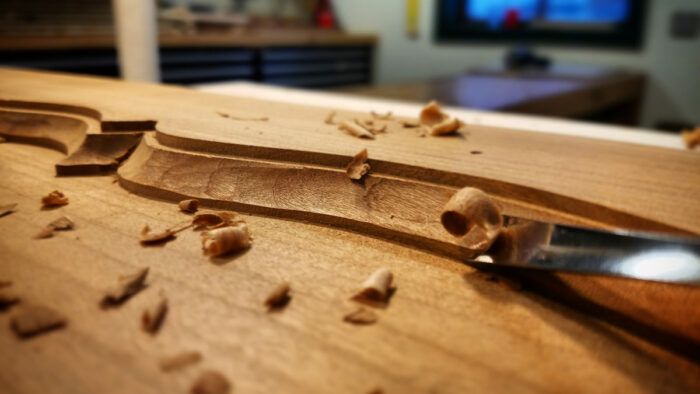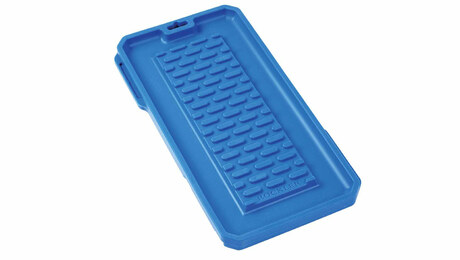A reminder that it’s time to sharpen
Keen edges save time and energy.
It is time to talk about something that many woodworkers fear to discuss, and fail to do as often as they should. Sharpening.
I firmly believe that a dull tool is not only dangerous but saps time and energy from your work. When a tool is dull it requires more force and effort to push it through the work, and that makes the tool less predictable in use.
 For example, when carving by hand, the energy you exert on the handle of the carving gouge is supposed to go into the edge of the tool and cut the fibers of the wood. If the tool is dull, not only will you bend and tear the fibers before cutting them, but you’ll also risk the tool slipping out of the cut. When that happens, the energy that was supposed to go into the work is now spent flinging the dull edge outward, at best winging into open air, at worst landing in an injury!
For example, when carving by hand, the energy you exert on the handle of the carving gouge is supposed to go into the edge of the tool and cut the fibers of the wood. If the tool is dull, not only will you bend and tear the fibers before cutting them, but you’ll also risk the tool slipping out of the cut. When that happens, the energy that was supposed to go into the work is now spent flinging the dull edge outward, at best winging into open air, at worst landing in an injury!
For the moment, let’s set aside the risk of serious injury and talk instead about the practical value of sharper tools.
In addition to requiring more force to use effectively, a dull tool does not leave as clean and smooth a surface as a sharp one. And when the surface is not as clean as it could be, more work is needed to remove the torn grain left by the dull tool. Furthermore if the tool does not cut cleanly on the first go, there is no way that it will cut cleanly when you go back to clean up the surface that was left behind!
Fine Woodworking Recommended Products

Tite-Mark Marking Gauge

Wen Diamond Grinding Wheel

Rockler Silicone Sharpening Stone Tray





















Comments
The only thing more dangerous than a dull tool is the tool trying to use it.
Log in or create an account to post a comment.
Sign up Log in